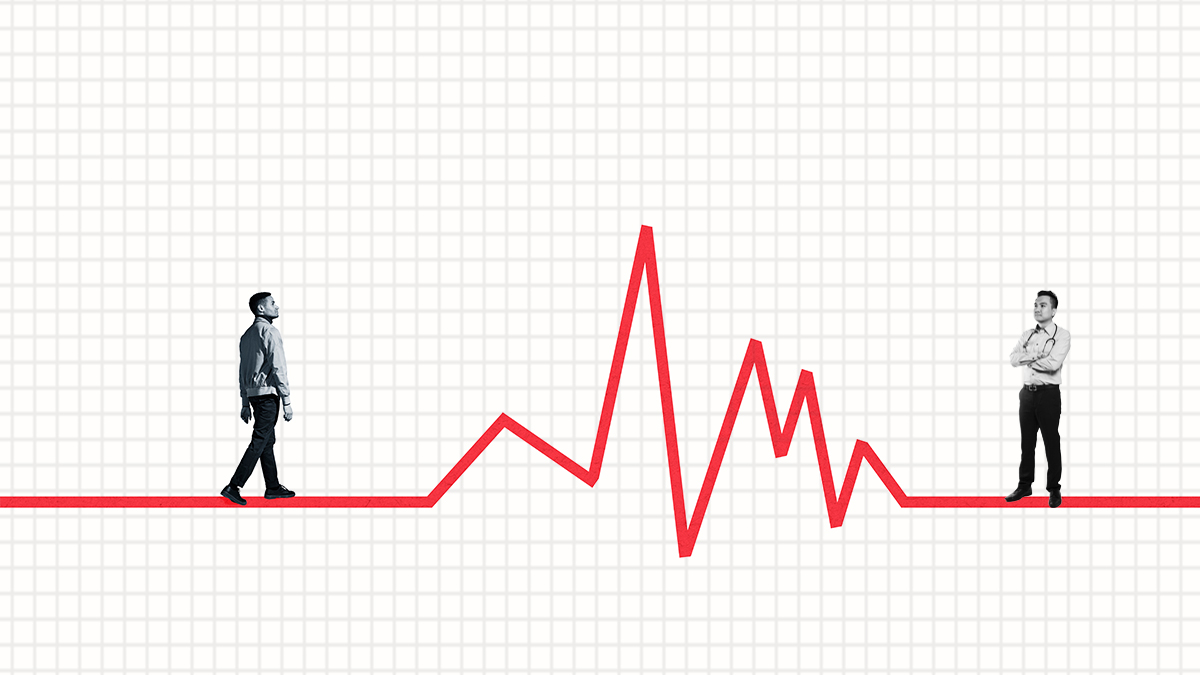What is telepsychiatry? It’s a new method of treating mental illness without the need for an in-person visit. The patient and provider meet via video conferencing, which eliminates the need to travel for treatment. This new form of care allows people with severe anxiety and depression to get help from providers who understand their needs. Learn more about this innovative way to combat mental illness by reading our blog post.
Contents
What Is Telepsychiatry?
 Telepsychiatry is a relatively new branch of psychiatry that involves the treatment of psychiatric patients through telecommunications technology. This can include video conferencing, telephone consultations, and email exchanges. This type of treatment has many benefits, including increased access to mental health services for rural and underserved populations, earlier intervention for at-risk patients, and cost savings.
Telepsychiatry is a relatively new branch of psychiatry that involves the treatment of psychiatric patients through telecommunications technology. This can include video conferencing, telephone consultations, and email exchanges. This type of treatment has many benefits, including increased access to mental health services for rural and underserved populations, earlier intervention for at-risk patients, and cost savings.
Telepsychiatry is also known as telemedicine, e-mental health services, and virtual psychiatry.
Working of Telepsychiatry

This process is very simple. In this process, the psychiatrist will work with a patient through a computer or telephone. The psychiatrist will assess, diagnose and treat the psychiatric illness of the patient. The session is conducted in real-time just like an office visit.
This process works with a webcam, a microphone, and an internet connection. The psychiatrist will do the assessment of the patient through telepsychiatry by video conferencing from their office or home. This is done with the use of a computer software program that provides security as well as HIPAA compliance to protect confidentiality for both parties involved in this process.
The process of telepsychiatry is convenient for the patient and the psychiatrist. The psychiatrist can work from anywhere in the world, and this helps to increase access to mental health services for rural and underserved populations.
When To Use Telepsychiatry?

You can use telepsychiatry for different mental health conditions like:
- Therapy and counseling
- Psychiatric evaluations
- Crisis intervention
You can also use telepsychiatry in the following situations, especially when you have a conflict of time or location. For example, if the patient is too ill to leave home, then this would be an ideal situation where they can benefit from telepsychiatry sessions with their doctor. Similarly, if the patient wants treatment but cannot afford transportation costs to get there or it is not possible due to weather conditions or roadblocks etc., then there are chances that telemedicine will help them receive care more quickly. Telemedicine is particularly useful during emergencies.
Benefits of Telepsychiatry

There are many benefits of telepsychiatry. Some of these benefits include:
Cost Savings
This process can be less expensive than traditional in-person psychiatry visits.
Earlier Intervention
Telepsychiatry can help to identify and treat psychiatric problems at an earlier stage. This is especially beneficial for patients who are at risk of developing a mental illness.
Accessibility
Telepsychiatry can provide mental health services to people who would not normally have access to them. This includes rural and underserved populations, as well as those who live in remote areas or are unable to leave their homes due to disability or age.
Convenience
The patient does not need to travel to see the psychiatrist. The session can take place in the comfort of the patient’s own home.
Privacy And Confidentiality
Both the patient and the psychiatrist can feel comfortable discussing sensitive information without the fear of it being overheard. This is due to the use of telecommunications technology that provides security and HIPAA compliance.
Continuity of Care
The psychiatrist can follow up with patients between sessions through email, telephone consultations, or video conferencing. This helps to ensure continuity of care and allows for more frequent contact than what is typically available with traditional psychiatry visits.
Risks Involved with Telepsychiatry

There are many risks of telepsychiatry as well. Some of these risks include:
Insufficient Training
The psychiatrist may not have enough training to provide high-quality care through telepsychiatry. This can lead to patient dissatisfaction and even misdiagnosis or incorrect treatment.
Lack Of Physical Examination And Laboratory Testing
Physical examination, laboratory testing, and other diagnostic tools are important for determining the mental health condition of a patient. These tests cannot be done during telepsychiatry sessions so they must instead rely on what is discussed with the patient in order to make an accurate diagnosis.
Problems In Differentiating
Substance abuse is often a co-occurring condition that needs to be diagnosed and treated in order for the mental illness to resolve. However, substance use can mimic symptoms of psychiatric conditions. This makes it difficult for psychiatrists to differentiate between these two problems when conducting evaluations through telepsychiatry because there are no physical examinations or laboratory tests involved.
Conclusion
In conclusion, telepsychiatry is a growing field that has many benefits for both the psychiatrist and the patient. There are some risks involved in this process, but they can be minimized by ensuring that the psychiatrist has sufficient training and by using telecommunications technology that provides security and HIPAA compliance. Telepsychiatry is an important tool in increasing access to mental health services for rural and underserved populations as well as those who are unable to leave their homes. It is also a convenient way for patients to receive care without having to travel long distances.
If you are looking for affordable Online Counseling MantraCare can help: Book a trial therapy session


